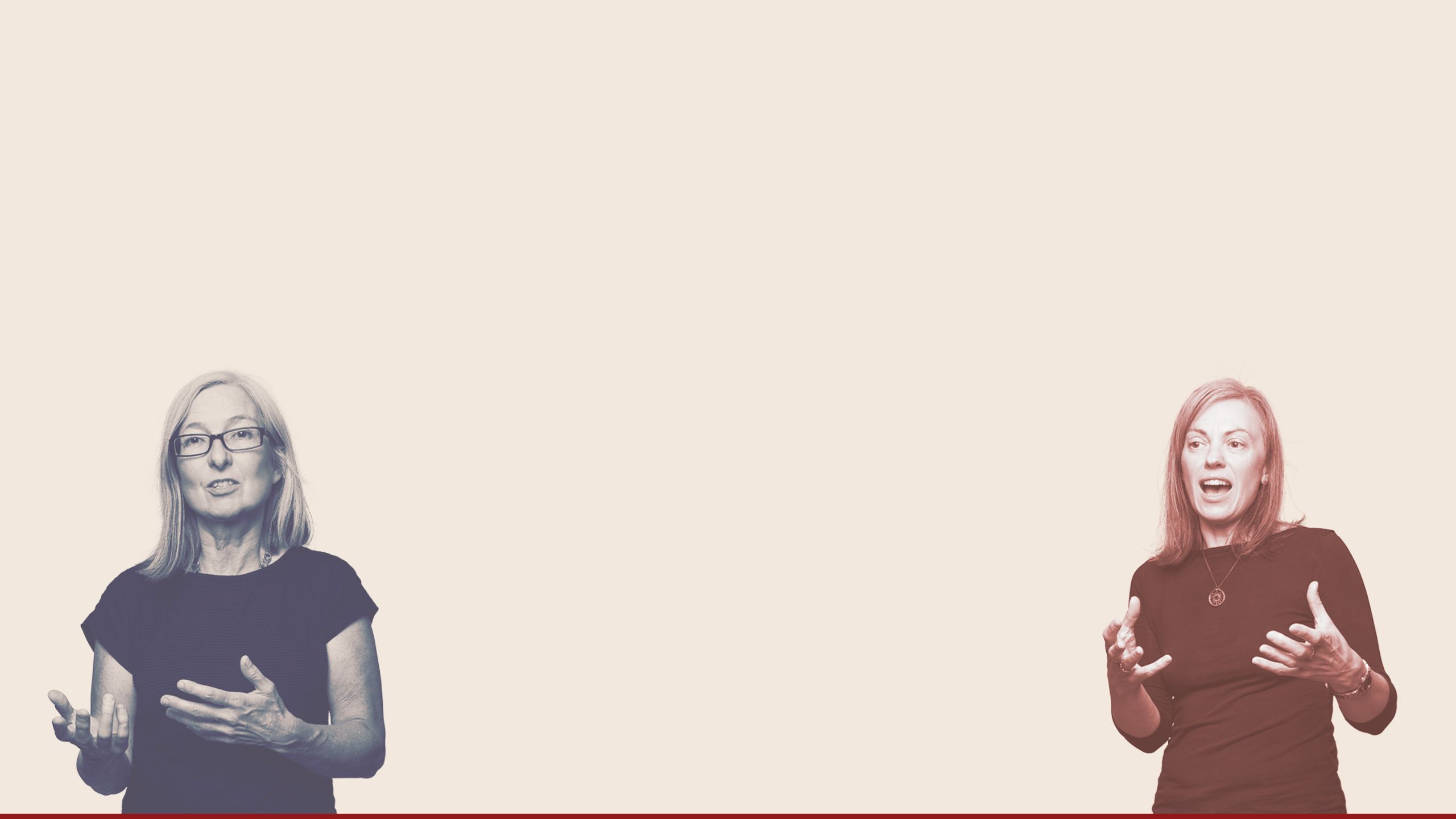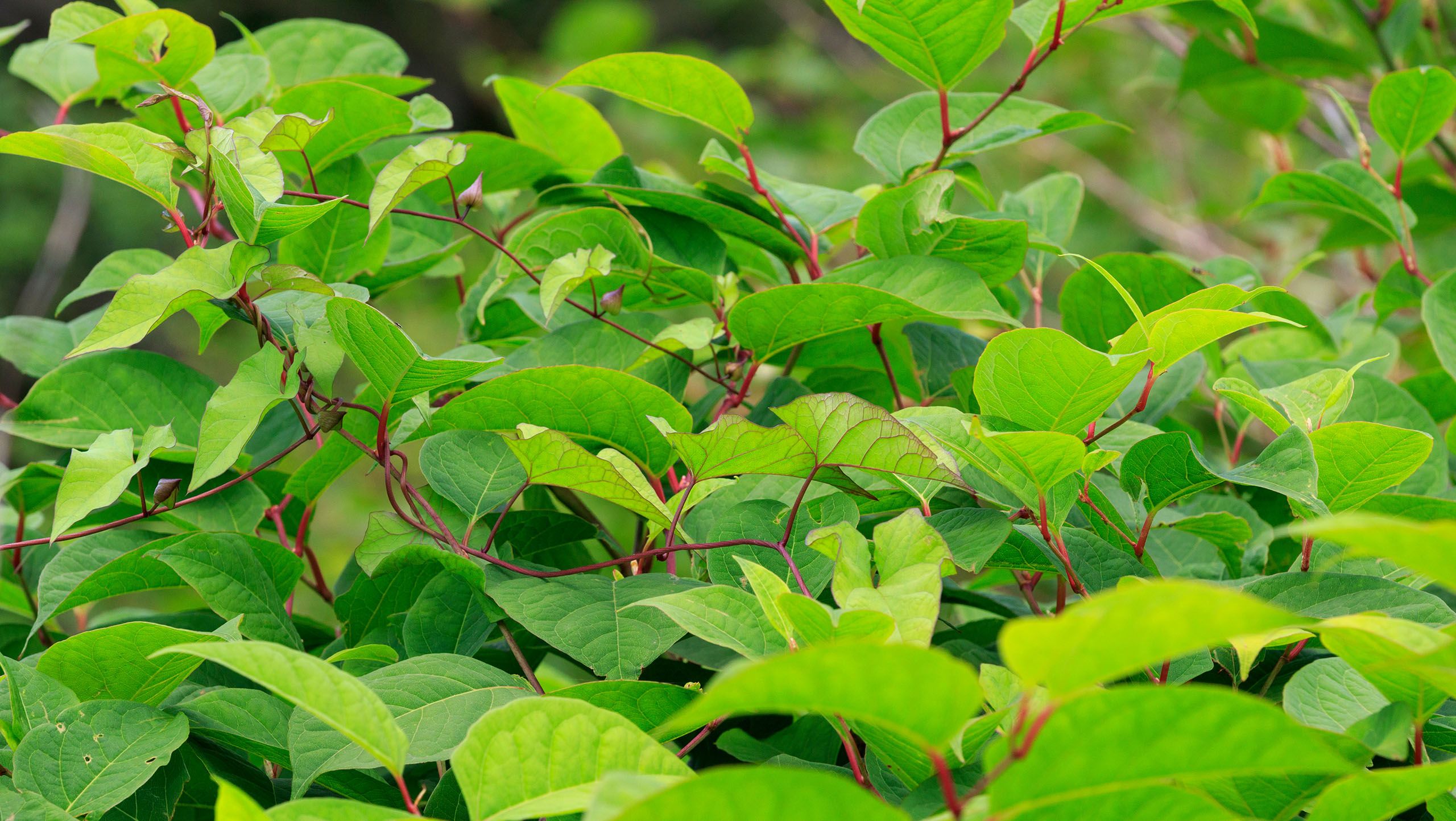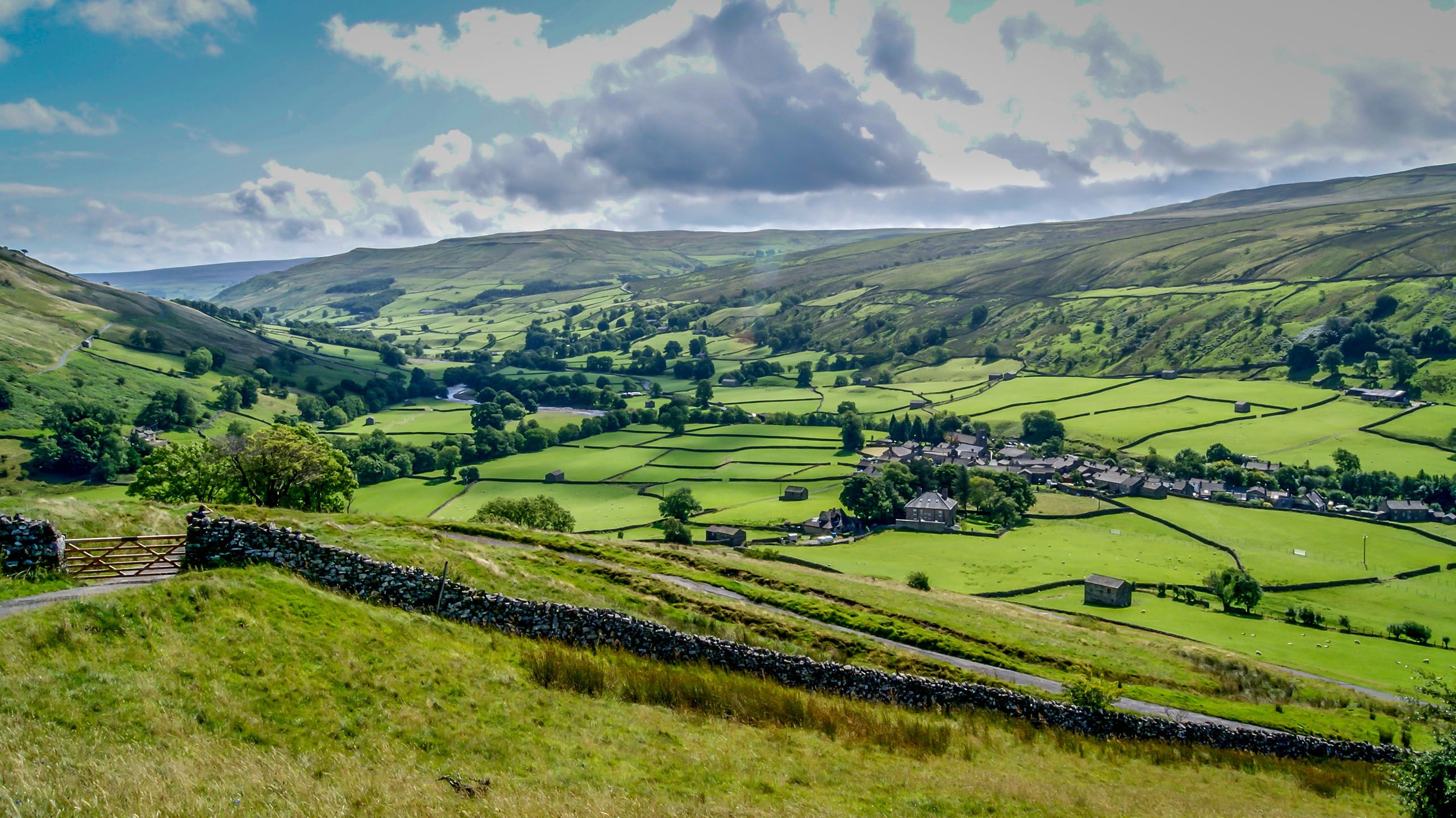The battle for biosecurity
Slowing the spread of invasive non-native species

Invasive plant and animal species can be annoying pests, damaging our wildlife. But as professors Alison Dunn and Claire Quinn explain, there’s far more to it than that – and the challenge of improving our biosecurity is critical to protect our ecosystems and our economy.
The aliens are invading.
Some have been among us for a long time, others have arrived more recently – and they’re spreading all over.
Alright, so we’re not talking about little green men (although they can be little green plants).
Yet the invasive non-native species that plague the UK are a huge problem not to be underestimated, given that they are a key driver of declining biodiversity, can threaten our key infrastructure and cause serious economic damage.
In fact, in 2010 the Centre for Agriculture and Bioscience International estimated that it’s a problem that costs the UK more than £1.8 billion per year.
You may be familiar with the challenges posed by invasive non-native species if you’ve ever had to deal with Japanese knotweed in your garden or pondered the disappearance of the red squirrel, but the topic is often taken for granted or ignored by the general public.
It certainly isn’t by Professor Alison Dunn or Professor Claire Quinn, though.
It’s Alison’s life work to study the impact of invasive predators and the parasitic diseases they can introduce to an area, while Claire’s research in the School of Earth and Environment seeks to advance our understanding of social-ecological systems and achieve positive behaviour change.
It’s a problem that costs the UK more than £1.8bn per year.
As a Professor of Ecology at Leeds, Alison plays a key role in improving understanding of biosecurity and helping stakeholders to slow the spread when needed – both of which are vital.
“Once invasive non-native species arrive in a habitat and establish a population, they are notoriously difficult to eradicate or remove,” she said.
“One of our first lines of defence is trying to slow the introduction to new regions and stem their spread – and that’s particularly important because the main way in which they’re moved around is through a range of human activities that take place in the environment.”
The first line of defence

Biosecurity has enjoyed a somewhat higher profile following the pandemic.
“We all know about good handwashing processes and things that help stop contact with diseases,” Alison said. “And when we think about biosecurity in this context, the principles are the same.”
Invasive non-native species are often moved accidentally through tiny seeds on a piece of agricultural or environmental equipment.
This can occur when something as small as a fragment of knotweed or a few invasive shrimp get attached to equipment, clothing or vehicles.
“Human activity is the biggest factor in species moving around, and that’s obviously a huge challenge – but it’s also an opportunity, because it’s something we can try to change,” Alison said.
DEFRA’s ‘Check, Clean, Dry’ campaign has sought to do exactly that by encouraging regular water users to be aware of the risks of aquatic plants and animals being unwittingly transported by things like fishing gear.
The recommended protocols are relatively simple to follow, but Professor Dunn and her colleagues have been researching biological practices for checking, cleaning and drying equipment as effectively as possible.
Alison’s team found that immersing equipment in hot water was highly effective in killing invasive non-native species, while a collaboration with the Environment Agency revealed that the kind of hot water spraying commonly conducted on boats was far less effective.
Meanwhile, Professor Quinn set about exploring ways to change people’s behaviour.
“There’s low compliance among environmental stakeholders when it comes to voluntary practices,” Claire said.
“The challenge of invasive species requires collective action; you need everybody to work together, agree and change how they act in order to get a positive outcome.”
Yet although that may sound straightforward in theory, in practice it’s very hard to achieve.
“Human nature tells us that some people will say they’ll change their behaviour then don’t, or others will think ‘as long as other people do something, there’s no need for me to bother’,” Claire explained.
“Of course, in this case it only takes one person doing or not doing something related to biosecurity and then you end up in a situation where an invasive species becomes established.”
Making a difference on the ground

Collaboration is a key part of the work done on invasive non-native species at the School of Biology in Leeds.
Dr Steph Bradbeer completed her PhD under Professors Dunn and Quinn in December 2021, partnering with the Environment Agency and South West Water as she focused on understanding what kinds of treatments are most effective against specific species on particular surfaces.
“The level of involvement and engagement from stakeholders reflects the fact that they have really important questions that need to be answered through our research,” Steph, who is now an Invasive Species and Biosecurity Advisor at Yorkshire Water, said.
The efforts of Steph, Alison, Claire and colleagues to make sure that biosecurity practices were successful soon put them in demand across the region.
“We were asked contribute to the Environment Agency Regional Risk Assessment for INNS, and worked with the Yorkshire Wildlife Trust to produce new biosecurity risk assessment training resources and biosecurity guides”, Alison said.
As a mark of how seriously this issue is taken, invasive non-native species biosecurity is now included in the management plans for both the Yorkshire Dales National Park and the Nidderdale Area of Outstanding Natural Beauty.
For Alison, Claire and Steph, there’s plenty more work to be done to raise awareness and change behaviours.
“It’s always about time and relationships,” Claire said.
“Implementing solutions often involves an investment in equipment or a different behaviour, and positive results aren’t always very tangible because what you want to get is actually nothing – the absence of invasive species.
“That makes it harder to evidence the effectiveness of specific biosecurity solutions, but we still have to achieve collective action and make sure everyone is on the same page, as it only takes one person or group to spell disaster for all of us.”
“It’s why we need to keep spending time building long-term relationships with stakeholders, listening to them to understand the various operational reasons why they act in certain ways, and finding answers that we could never have discovered if not for working together.”
“Once someone has experienced the severe impacts that invasive species can cause – for example, when you can no longer access water for recreation because it’s covered in an invasive plant, or when your organisation can’t function properly anymore – it’s front and centre in your mind,” Steph agreed.
“But when we’re talking about something that hasn’t happened yet; trying to demonstrate that and justify biosecurity is a challenge.”
“A good challenge,” Alison added.
About Alison
Alison Dunn is a Professor of Ecology at the University of Leeds.
Her research interests include invasive species, parasitic disease and novel ecosystems; parasites and host behaviours; slowing the spread of invasive non-native species; and extinction, invasions and parasites.
Alison first joined Leeds as a Natural Environment Research Council Research Fellow before becoming a University Research Fellow and then a member of academic staff.
She is also the Director for Student Education in the School of Biology.
About Claire
Claire Quinn is a Professor in Natural Resource Management at the University of Leeds.
She is an environmental social scientist who has more than 20 years’ experience of working on interdisciplinary projects in Africa, Europe and Asia, with particular expertise in sustainable livelihoods, vulnerability and adaptability in agricultural systems, climate-smart agriculture, and policy.
Claire completed both a PhD in Social Policy and Environmental Management and an MRes in Ecology and Environmental Management at the University of York before joining Leeds.
Audio clips
Listen to Alison and Claire discuss how their collaboration on research is helping to improve biosecurity for everyone: